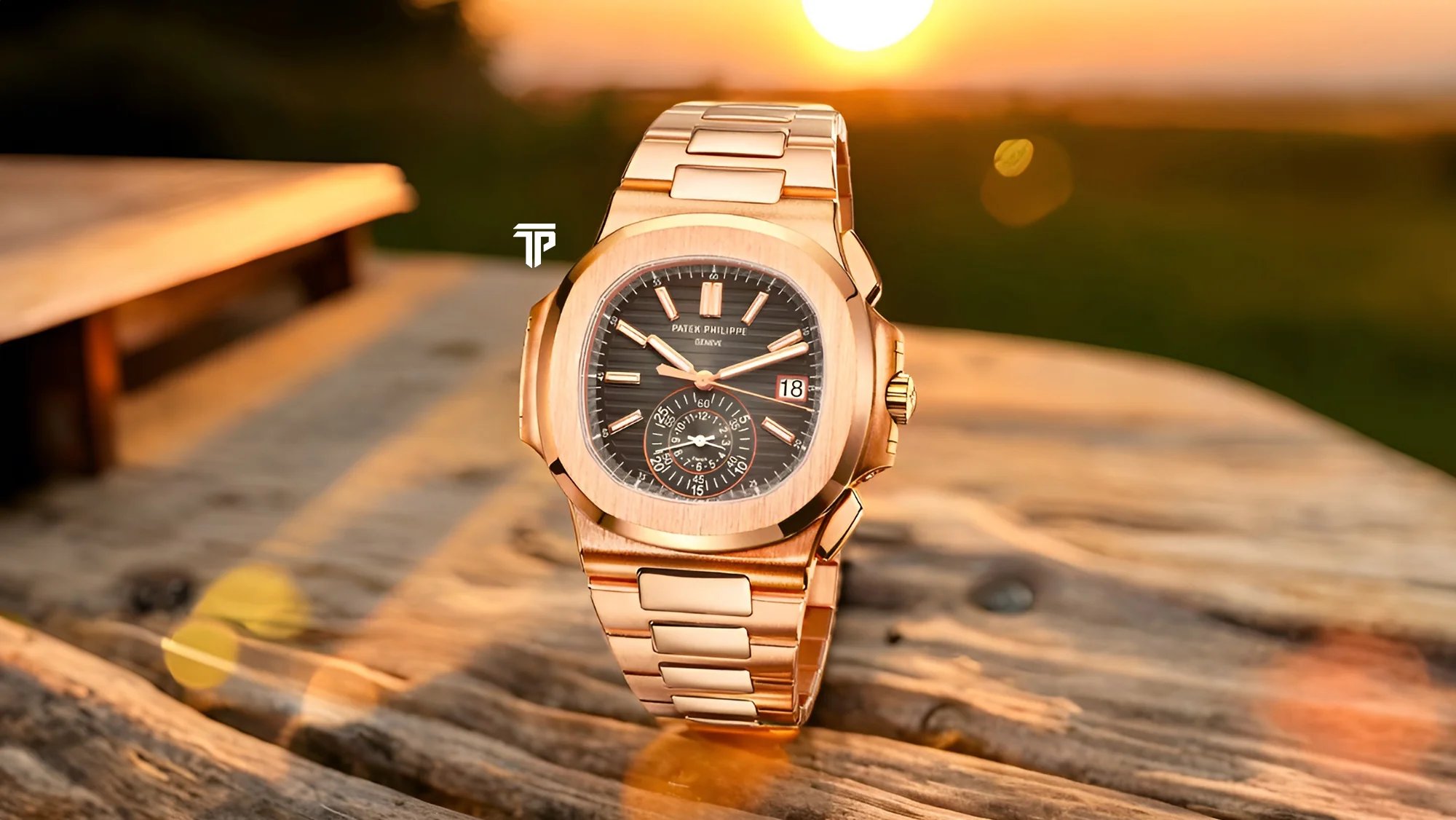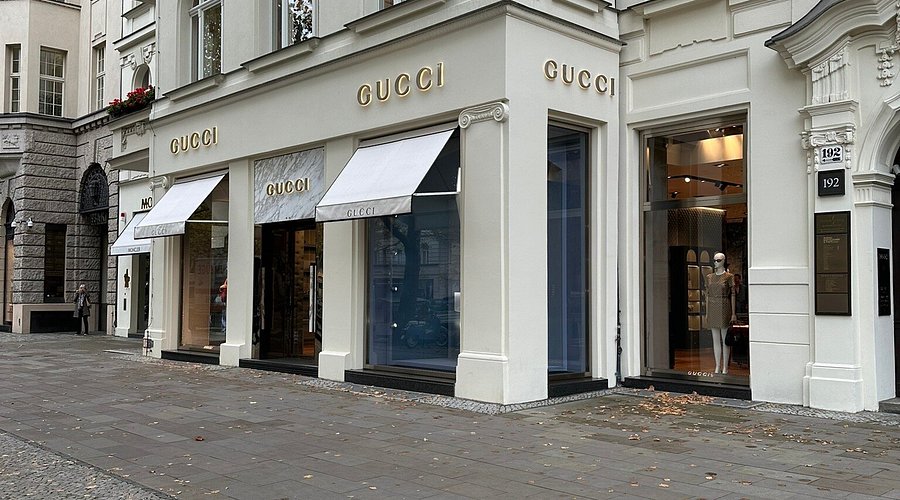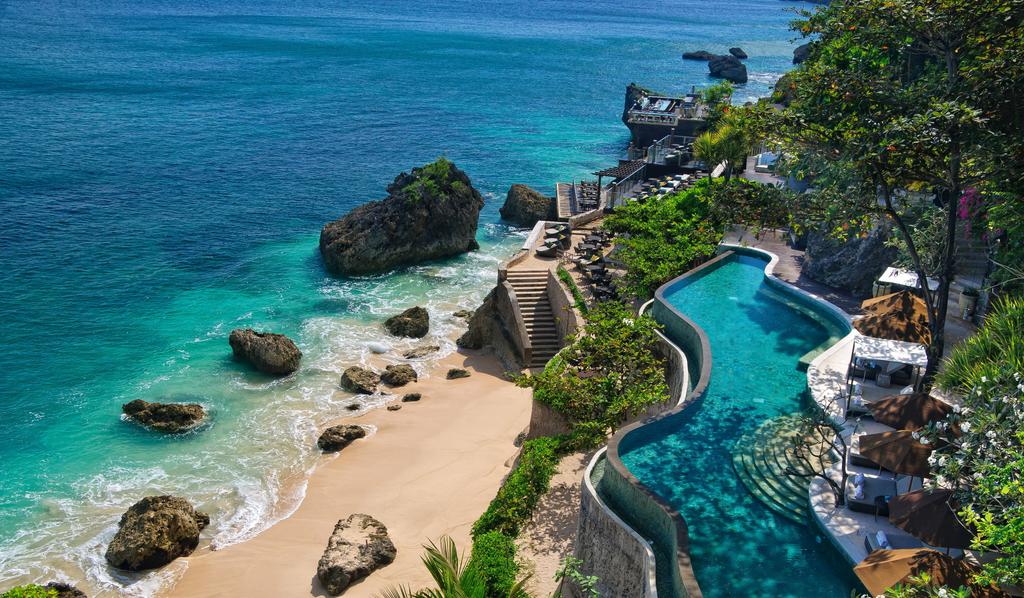Luxury Dining Clubs Introduce Menus Cooked Only Once and Never Repeated
By
John Carter
Last updated:
September 29, 2025
First Published:
September 29, 2025

Photo: The Local Palate
The concept of unrepeatable dining
Luxury has always been tied to rarity, but a new wave of elite dining clubs is taking rarity to its most literal form. These clubs are introducing menus designed to be cooked only once and never repeated. For wealthy members, each dinner becomes a fleeting experience, a moment in time that can never be replicated, turning food into both art and memory.
Elevating food to collectible status
In traditional fine dining, signature dishes are perfected and served to thousands over the years. This new approach disrupts that model completely. Chefs are tasked with creating recipes that exist for a single evening, never to be revisited. Each meal is treated like a collectible masterpiece, giving guests the sense that they are part of something historic and ephemeral.
The psychology of exclusivity
For high net worth individuals, the value lies not just in taste but in knowing that no one else in the world will experience the same dish. This sense of culinary ownership appeals deeply to the psychology of the wealthy, where uniqueness is prized above all. It transforms dining into an intimate performance where scarcity is the main ingredient.
Behind the scenes of creation
Chefs participating in these clubs are often global culinary icons, brought together to collaborate on experimental menus. Ingredients are sourced with meticulous attention to seasonality and rarity, sometimes involving extinct varietals revived from seed banks or freshly harvested elements flown in for the occasion. The creative freedom of knowing the dish will never be repeated pushes chefs into bold and daring territories.
Dining as performance art
Guests are not simply eating. They are witnessing a form of performance art where food becomes theater. The presentation, the ambiance, and the storytelling of each dish are woven together to create a sensory narrative. Once the evening concludes, the performance ends forever. No recording, no recipe, no reappearance. The experience lives only in the memories of those present.
Membership as social capital
Entry into these dining clubs is highly restricted. Membership is by invitation, with waiting lists spanning years in some cases. Being part of such a circle signals status beyond material wealth. It positions members within a cultural elite that values experiences and taste as much as assets and investments. The rarity of the menu becomes an extension of personal prestige.
The shift from material to ephemeral luxury
Historically, luxury revolved around tangible objects — jewelry, cars, estates. The rise of unrepeatable dining highlights a shift toward ephemeral luxuries, experiences that cannot be bought twice. For the wealthy, this reflects a desire to anchor their lives in unique memories rather than possessions, a subtle evolution in what it means to live richly.
Global spread of the phenomenon
What began in select European cities is now spreading to Asia, the Middle East, and North America. In Tokyo, chefs combine ancient techniques with modern storytelling. In Paris, ingredients are sourced from private farms available only to members. In Dubai, entire dining environments are built for a single evening before being dismantled. Each location adds its own cultural flair to the one time only dining concept.
The economic ripple effect
The exclusivity of these clubs creates a cascade of demand in related industries. Farmers cultivating rare crops, artisans designing single use tableware, and luxury event planners are all benefitting from this trend. For many businesses, aligning with one of these clubs is as prestigious as it is profitable, ensuring their products or services touch the pinnacle of culinary exclusivity.
The taste of the future
Luxury dining clubs that serve menus only once are not just rewriting food culture, they are redefining the very meaning of memory and value. For the wealthy, the most precious meals are no longer the ones that can be revisited but the ones that exist only in the fleeting moment. The taste fades, but the memory endures, becoming the true feast of luxury.
Subscribe to unlock premium content
Sed at tellus, pharetra lacus, aenean risus non nisl ultricies commodo diam aliquet arcu enim eu leo porttitor habitasse adipiscing porttitor varius ultricies facilisis viverra lacus neque.
A comprehensive guide on Agile development

10 Productivity tools that are worth checking out

Top 7 Must have management tools for productivity

A comprehensive guide on Agile development

10 Productivity tools that are worth checking out

A comprehensive guide on Agile development








.png)
